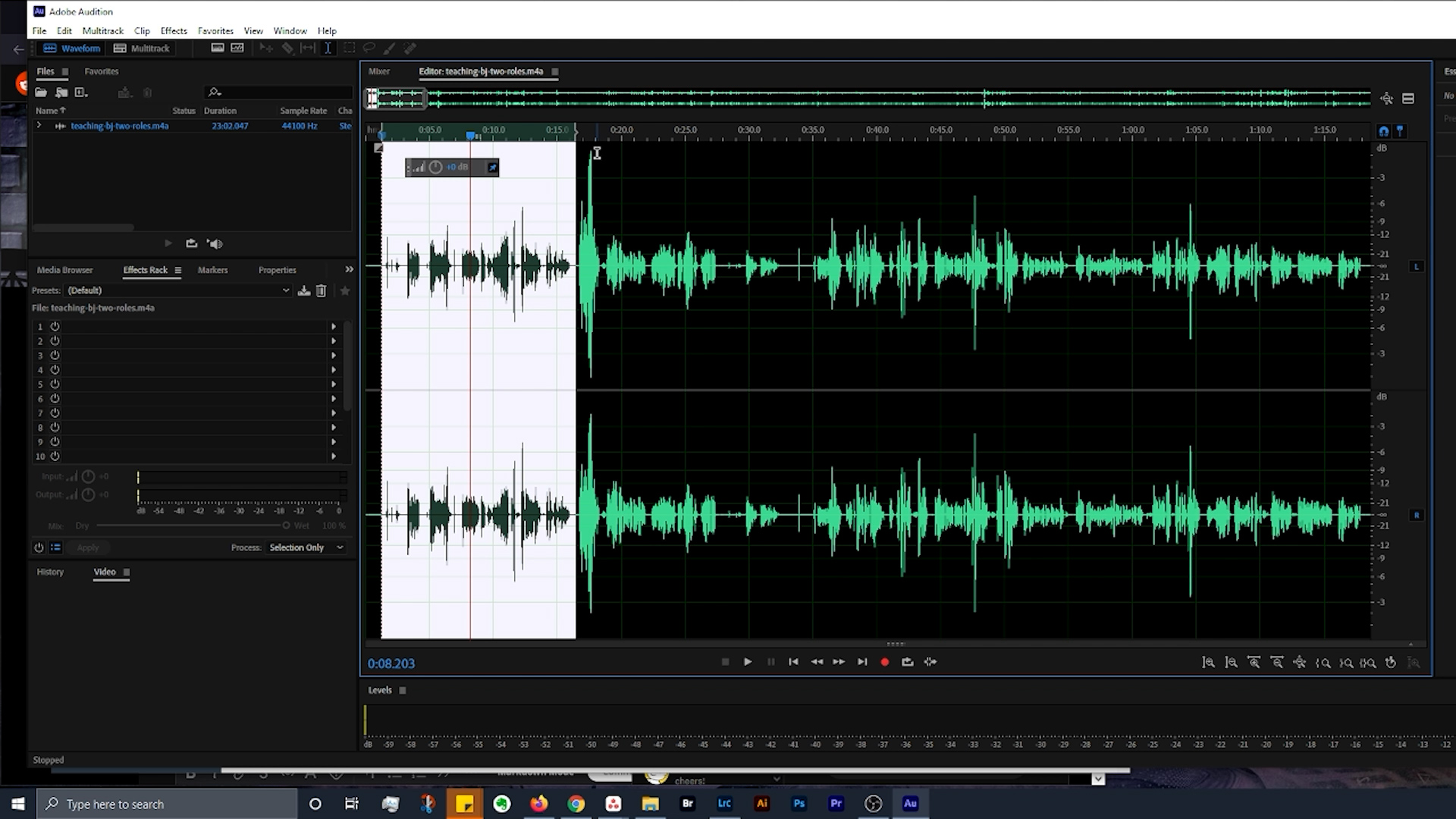Maintain a mastering perspective
One of the primary reasons mastering your own music is such a challenge is perspective. Nobody knows your mix better than you do. The mastering engineer’s job is not to evaluate the countless creative decisions made in a mix. Their job is to help the existing mix to translate to the consumer environment. They don’t care if there is enough reverb on the vocal, or if the snare cuts through the mix, unless those mix imbalances are inhibiting the ability of the mix to translate to consumer environments.
Compartmentalizing yourself to the mastering mindset is critical to making the best processing decisions. So how does the mastering engineer listen to a song? What are they listening for that the mix engineer might not be focused on?
The following are some specifics for helping to change the way you listen; and to put your mastering engineer’s cap on while leaving the mixer’s cap in the lounge:
Before Master : hypno performance
What should be your ultimate target level? The answer is, to a large degree, tied to the system that will be used to deliver the music to the consumer. If you’re mastering strictly for CD, start by setting your final limiter’s output ceiling to -0.2 or -0.1 dBFS (never to 0.0, or intersample peaks can sneak through and cause distortion on consumer playback devices). If you want to err on the side of caution (or if you’re mastering really loud music), try dropping it to -0.3 dBFS, which will avoid such peaks in even the worst case scenarios, and without a noticeable reduction in level. In this in-depth video tutorial, watch Yoad set his output ceiling to -0.2 dBFS and work to get as much volume out of a track while budgeting his gain reduction, avoiding an overall sound that is too compressed:
After Master: hypno performance
Mad Respect for your Time
You’ve put a lot of effort into producting this beautiful expression of humanity. For whatever reason, the Mastering process is lost in this amateur space – and so I’d like to contribute to your final creation with this one little technical step.
Loudness – is hearability – or accessability in other terms.
Upload your File – and it will be edited in a few days and exported to a private folder for you to download and post. You can inbox any notes with your file or for a custom private folder.
Before Mastering:

After Mastering:

Why Erotic Sounds are Hard
View the waveform highlighted. The performer was in an ‘intimate’ space, with soft ASMR or wispering sounds, and even some normalized voicings – but compared to any kind of climatic or ‘heat of the moment’ sounds, they are much quieter. Loudness management comes out to a highly technical artform in itself that our inner ear does 20,000 better than our current audio equipment.
Loudness not STYLE
The intent of mastering is to change the loudness for equitable presentation on everything from headphones, to earbuds, to desktop speakers to full size stereos. The last category is a cell phone speaker – and really the hardest, because it won’t even produce a full spectrum of sounds. So again referencing the illustration images on the left – the ‘soft’ portion of the performance is loud enough for anyone to hear, even using a basic phone or tablet speaker. Then following on, the loudest parts of the performance are balanced against the average loudness to create a finished product. Compression is the term, for managing thos high peaks (screams) against the breath or wispers that otherwise have to be managed for a pleasant listening experience.
